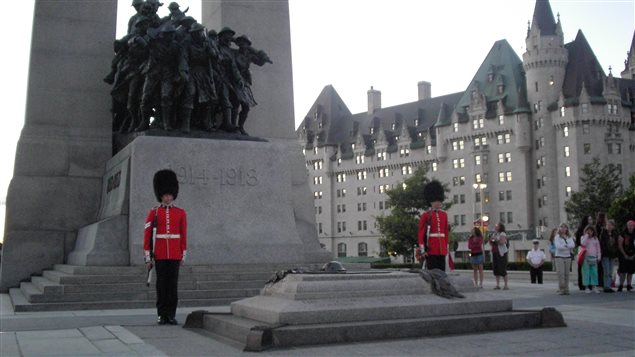
There are thousands of young soldiers buried in Europe whose identities have been lost. These are the unknown soldiers.
The Canadian section of the Commonwealth War Graves Commission records show that over 27,000 Canadian soldiers, mostly from WWI, have no known grave, and around the world there are 7,000 graves around the world, again mostly from WWI, that are marked “an unknown Canadian soldier”
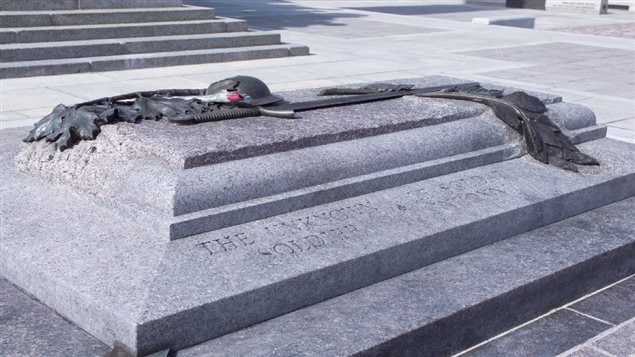
On this day May 25th, 2000, the body of an unidentified Canadian killed in fighting in WWi and buried near Vimy France many decades ago, was finally brought home.
Canada’s Unknown Soldier would now represent the over 116,000 Canadians who sacrificed their lives to fight oppression and in the cause of a greater peace. The Unknown Soldier also represents all services, army, navy, and air force, and in wars past, present, and conflicts that may yet come.
In a solemn ceremony at Vimy Ridge and in the company of a 45 person Canadian Forces guard, a bearer party, and a chaplain the Commonwealth Graves Commission turned the remains over to Canada.
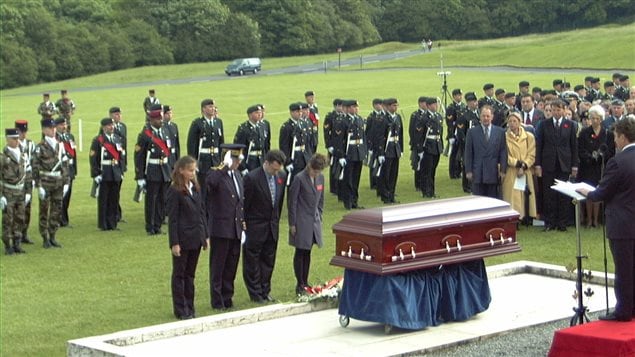
Placed aboard a Canadian Forces Hercules, the casket was flown directly to the national capital. On the evening of the 25th, the casket was transported to Canada’s Parliament where the remains would lie in state. For the next three days thousands of citizens would file past the remains in the Hall of Honour in Parliament’s Centre Block to pay their respects to a fallen son and hero of Canada.
On the afternoon of May 28th, the Unknown Soldier was transported from Parliament Hill to the National War Memorial on a horse-drawn gun carriage. They were then placed within the newly built tomb at the foot of the impressive National War Memorial.
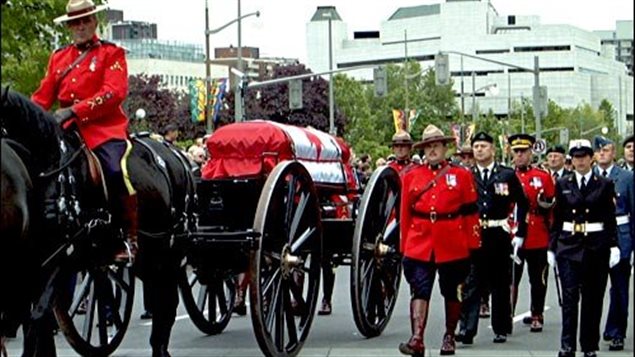
The tomb or sepulchre a simple but solemnly powerful granite design features key elements in bronze of the stone carving on the Vimy altar; a medieval sword, a First World War style helmet, with branches of maple and laurel leaves.
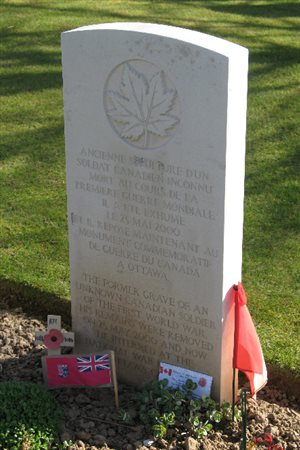
The laurel leaves symbolize both victory and death. Four bronze corner pieces containing symbolic mementos of mourning enhance the sculpture. Three of the corner pieces are decorated with large replicas of the Memorial Cross. First instituted in 1919, the Cross is presented to the family of those who gave their lives while serving Canada in war or on peacekeeping missions. The three Crosses are slightly different; each has the Royal Cypher of one of the successive monarchs since its inception (George V, George VI, and Elizabeth II). On the fourth corner piece there is a replica of a poppy, representing those who may fall in future conflicts. The curved shape of the corner pieces will echo the curve of the top of the War Memorial.